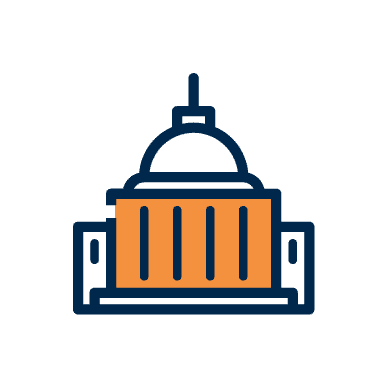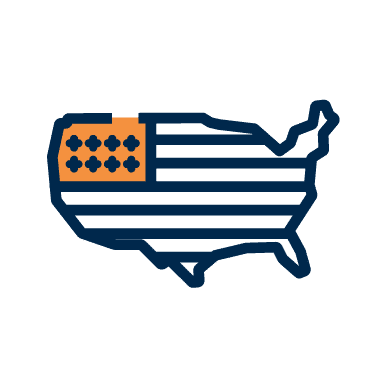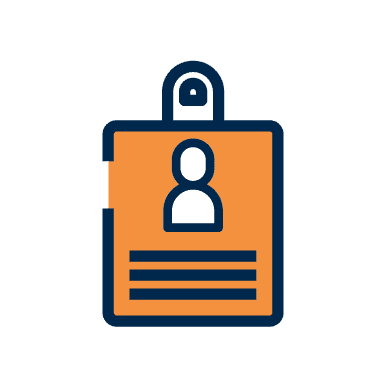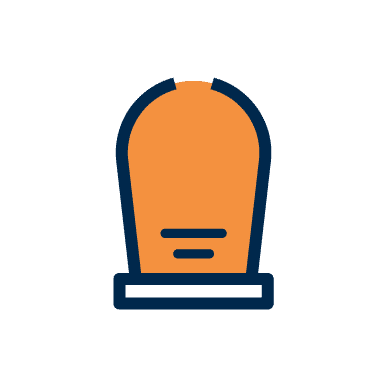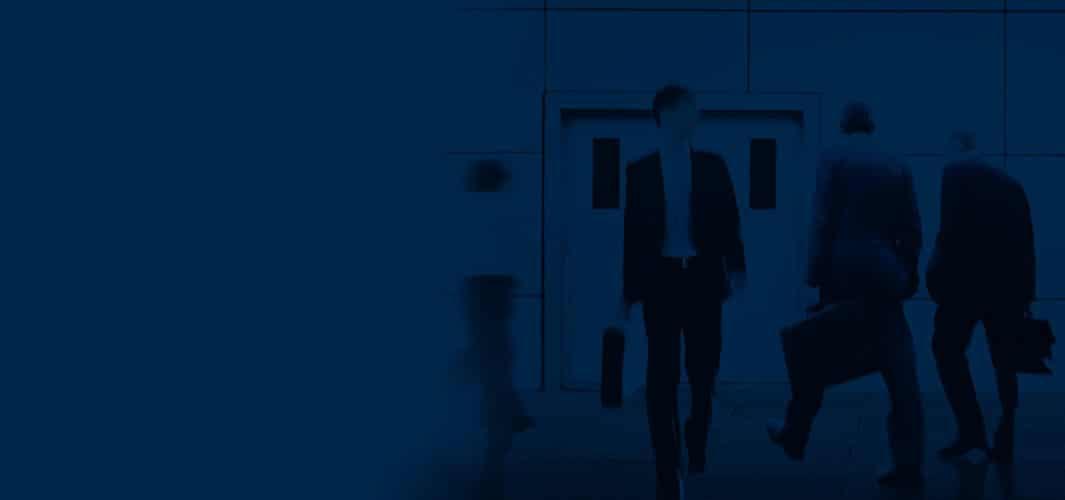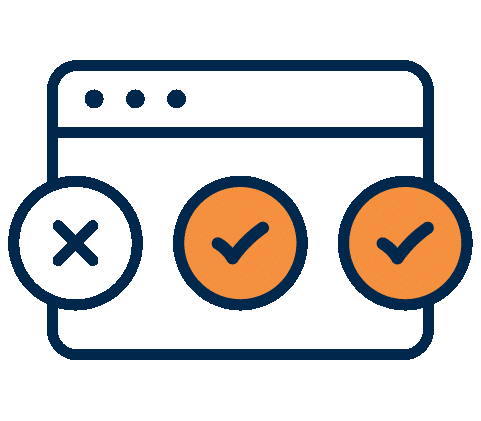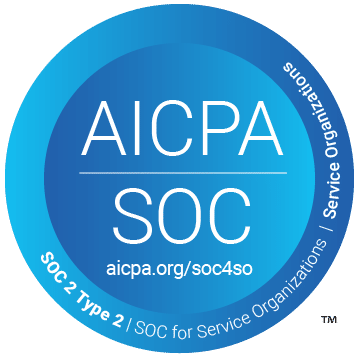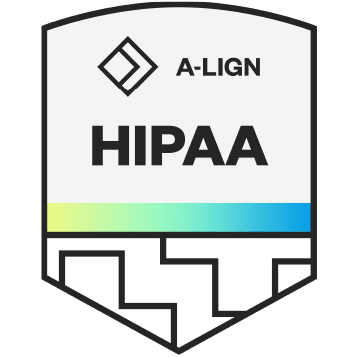Every year, hundreds of health care providers and entities receive notification from the HHS OIG that they are being considered for exclusion from participation in federal programs. To date in 2021, 684 individuals and entities have been excluded. Overall, more than 74,000 individuals and entities are currently on the OIG’s “List of Excluded Individuals & Entities” (LEIE).
The U.S. Department of Health and Human Services’ Office of the Inspector General (HHS OIG) places individuals or entities convicted of committing fraud, abuse or other offenses against patients and programs on this federal Exclusion List. OIG imposes exclusions under the authority of sections 1128 and 1156 of the Social Security Act. Those individuals or entities appearing on this OIG Exclusion List may not render or be reimbursed for, directly or indirectly, any service or supply materials connected to federal healthcare programs.
There are two types of exclusions that the OIG can impose – mandatory and permissive. These sanctions share many commonalities:
- Both can result in being placed on the LEIE;
- Both prevent reimbursement, either directly or indirectly from federally funded health care programs; and
- Both prevent the provider from working for or contracting with an organization that receives federal health care funding. The exclusion follows the individual so changing health care roles from clinical to administrative or managerial is not an avenue to avoid the impact of exclusion.
The Administrative Process and the Right to Appeal
Being excluded from participation in federal health care programs can be professionally and financially devastating for a health care provider or company. Upon receiving a Notice of Exclusion, health care practitioners and entities can choose to contest the decision of HHS OIG. As with virtually any administrative action taken by a federal agency, there are avenues for appealing an adverse decision. It is highly advisable not to try to navigate this process without legal counsel who is experienced
For exclusions by the HHS OIG, there are three levels of review which must be done in the following order:
- Appeal to an HHS Administrative Law Judge (ALJ):
Providers have the right to appeal an exclusion by requesting an administrative hearing presided over by an Administrative Law Judge (ALJ). These federal judges are part of HHS. Providers have a limited time to exercise this option – they must file within 60 days of receiving the Notice of Exclusion. The effective date of an exclusion is not delayed beyond the date stated in the notice of exclusion simply because a request for a hearing is timely filed or within the timeframe designated in the Notice.
In the request for hearing, the party contesting the exclusion must include in the filing:- A statement as to the specific issues or findings of fact and conclusions of law in the notice of exclusion with which the person disagrees.
- Basis for the disagreement.
- The general basis for the defenses that the person intends to assert.
- Reasons why the proposed length of exclusion should be modified.
Within 60 days after the hearing or post hearing briefs are submitted, the ALJ will issue an initial decision, based only on the evidence presented at the hearing. The ALJ will make finding of fact as well as legal conclusions. The ALJ may affirm, increase or reduce the penalties, assessment or exclusion proposed or imposed by the IG, or reverse the imposition of the exclusion. The decision will be accompanied by a statement describing the right of any party to file a notice of appeal with the DAB and instructions for how to file such appeal.
- Appeal to the HHS Department Appeals Board (DAB):
If the HHS ALJ upholds the exclusion, the next level of appeal is to the HHS Departmental Appeals Board (DAB). Most people have little knowledge of the HHS DAB. However, its scope includes review of disputed decisions under more than 60 statutory provisions including relief from civil monetary penalties and other enforcement actions taken by the Centers for Medicare & Medicaid Services (CMS) including cases regarding exclusion actions taken by the HHS OIG.
The initial decision by the HHS ALJ may be appealed by filing a notice of appeal with the DAB within 30 days of the date of service of the initial decision. The DAB will rely exclusively on the written brief submitted – there is no right to appear in person to argue the case. Nor will the DAB consider any issue not raised in the parties’ briefs, nor any issue in the briefs that could have been raised before the HHS ALJ but was not. If the DAB determines that there are grounds for reconsideration, the DAB will return the matter to the HHS ALJ to review the additional evidence. Within 60 days after the time for submission of any briefs and reply briefs, the DAB will issue to each party to the appeal a copy of the DAB’s decision and a statement describing the right to seek judicial review - Judicial review of the final decision by the DAB:
If the DAB also upholds the OIG exclusion, judicial review in a U.S. District Court is the next venue for review.) Any petition for judicial review must be filed within 60 days after the DAB serves the parties with a copy of the decision.
The Impact of DAB Decisions
DAB decisions can provide importance guidance to providers faced with lengthy exclusions as they consider whether to appeal the OIG decision. The DAB provides a database of its decisions that includes decades of cases. Recent DAB decisions regarding contested OIG exclusions have reinforced both the importance of ongoing federal and state screenings and exclusion checks as well as the nuanced legal interpretations required to resolve exclusion disputes.
In Ambulife Ambulance, the company had initially applied for Medicare enrollment but failed to disclose that one of its senior leaders had been under federal exclusion. The company was subsequently sold and when the new owner applied for Medicare enrollment, they relied on the past owner’s disclosures related to the excluded individual rather than independently screening for exclusion status. The DAB was not persuaded and affirmed the ALJ decision that CMS was authorized to revoke Petitioner’s Medicare enrollment and billing privileges for providing filing false or misleading information on its enrollment application.
In another case, the Esohe Agbonkpolor decision, the DAB examined whether a plea deal should be considered a conviction for purposes of upholding a federal exclusion. In that case, a licensed practical nurse (LPN) entered into a plea deal following allegations of patient abuse and neglect. She plead guilty to misdemeanor charges that were then vacated after she met the plea deal conditions. The LPN then argued that with the misdemeanors vacated, they were no longer considered a crime for purposes of the OIG exclusion. The DAB did not agree, and affirmed the OIG’s exclusion, citing federal law that an individual is convicted of a criminal offense when a plea of guilty has been accepted by a Federal, State, or local court.
Conclusion
For excluded providers and for the entities who have hired them, the impact of exclusion cannot be overstated. As shown in the Ambulife case, screening employees against the federal exclusion lists is a primary bulwark of protection from avoidable exclusion from federal health care programs. Failure to do so can result in joining an exclusive list of individuals and entities found on the OIG’s LEIE. Organizations such as Streamline Verify provide a full range of screening services against state and federal exclusion lists, as well as state medical board sanction lists, that will identify problems quickly and accurately and help your organization avoid the dreaded OIG Notice of Intent to Exclude.



